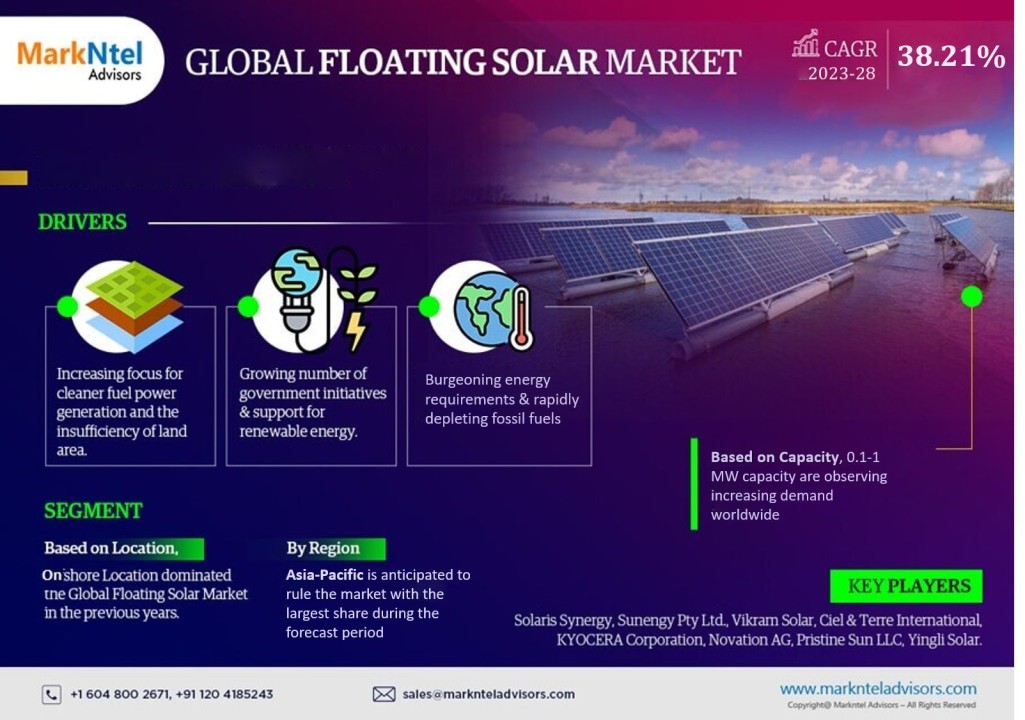Hanwha And OCI Aim For Larger Solar Market Share Amidst US Import Duties

Table of Contents
Hanwha Q CELLS' Strategy for US Market Dominance
Hanwha Q CELLS, a leading solar panel manufacturer, is employing a multi-pronged approach to solidify its position in the US market. Their strategy hinges on increased domestic manufacturing, product diversification, and leveraging existing distribution networks.
Increased Domestic Manufacturing
To circumvent the impact of import tariffs and enhance supply chain resilience, Hanwha Q CELLS is heavily investing in expanding its US-based manufacturing capabilities. This includes:
- Significant investment in new production facilities: The company has announced plans to build new gigafactories, creating thousands of jobs and boosting US solar panel production capacity.
- Expansion of existing plants: Existing facilities are undergoing upgrades and expansions to increase their output and enhance efficiency. This includes modernization of equipment and the implementation of advanced manufacturing technologies.
- Strategic partnerships with American companies: Hanwha Q CELLS is actively seeking partnerships with US-based suppliers to strengthen its domestic supply chain, reducing reliance on overseas components. This collaborative approach fosters economic growth and strengthens the overall US solar ecosystem.
Diversification of Product Portfolio
Hanwha Q CELLS is not resting on its laurels. They are broadening their product portfolio to meet the diverse needs of the US market:
- Wider range of solar panel types: From residential to large-scale utility projects, Hanwha Q CELLS offers panels designed to meet specific project requirements, enhancing their appeal across various customer segments.
- Innovation in solar technology: The company invests heavily in R&D, developing high-efficiency solar panels with advanced technologies like PERC and half-cut cell designs, maximizing energy output and minimizing land usage.
- Focus on high-efficiency panels: Higher efficiency translates directly to better performance, lower balance-of-system costs, and increased customer satisfaction. This strategy underscores Hanwha Q CELLS' commitment to providing superior value.
Leveraging Existing Distribution Networks
Hanwha Q CELLS understands the importance of strong distribution partnerships. Their strategy involves:
- Strengthening existing relationships: They are nurturing long-term relationships with installers and distributors, ensuring seamless delivery and support for their customers.
- Exploring new partnerships: Expanding their distribution network is a priority, ensuring access to new markets and customer segments across the country.
- Comprehensive customer support: Hanwha Q CELLS is committed to providing exceptional service and support, building customer loyalty and fostering trust in their brand.
OCI's Polysilicon Production and Market Influence
OCI, a major player in polysilicon production – a crucial raw material for solar panel manufacturing – exerts significant influence over the US solar market. Their strategy focuses on controlling the polysilicon supply chain, forging strategic partnerships, and navigating the impact of polysilicon prices.
Polysilicon Supply Chain Control
OCI's significant polysilicon production capacity allows it to influence solar panel pricing and stability. Their strategies include:
- Mitigating import duty effects: OCI is actively working to minimize the disruption caused by import duties on polysilicon, ensuring a consistent supply for US solar manufacturers.
- Increased polysilicon production: Responding to growing demand, OCI is investing in expanding its production capacity, ensuring a secure supply of this crucial raw material for the US solar industry.
Strategic Partnerships and Investments
OCI understands the value of collaboration:
- Collaborations with solar companies: Partnering with other solar companies strengthens the entire supply chain, ensuring a stable and reliable supply of polysilicon.
- Investments in R&D: OCI invests significantly in research and development to improve polysilicon production efficiency, reduce costs, and enhance the quality of its products.
- Market diversification: OCI is exploring new markets and diversifying its customer base, reducing reliance on any single market and strengthening its long-term resilience.
Impact of Polysilicon Prices on the Solar Industry
OCI's pricing strategies directly affect the cost of solar energy in the US:
- Influence on solar panel costs: The price of polysilicon is a major factor in the overall cost of solar panels, impacting the affordability and competitiveness of solar energy projects.
- Competitiveness of US solar projects: OCI's pricing policies can significantly impact the competitiveness of US solar projects compared to those using imported solar panels.
- Future of solar energy adoption: Stable and affordable polysilicon supply is essential for the continued growth and adoption of solar energy in the US.
The Overall Impact on the US Solar Industry
The combined strategies of Hanwha Q CELLS and OCI are poised to significantly impact the US solar industry:
- Increased competition: Their competitive actions may lead to increased competition and potentially lower prices for solar panels, benefiting consumers and accelerating solar energy adoption.
- Price reductions: Increased domestic production and efficient supply chains could drive down the cost of solar energy, making it even more accessible to a broader range of consumers and businesses.
- Growth of the US renewable energy sector: The success of these companies will play a vital role in the continued expansion of the US renewable energy sector, contributing to a cleaner and more sustainable energy future.
Conclusion:
Hanwha Q CELLS and OCI are actively shaping the future of the US solar market. Their proactive strategies focusing on domestic manufacturing, product innovation, and securing the polysilicon supply chain position them strongly to capture a larger market share. Their success is crucial for the continued growth and competitiveness of the US solar industry. To stay informed on the latest developments in this dynamic market, continue to follow industry news and analyses focusing on Hanwha Q CELLS, OCI, and the future of solar energy in the United States.

Featured Posts
-
 Olokliromenos Odigos Tileoptikon Metadoseon Savvatoy 12 4
May 30, 2025
Olokliromenos Odigos Tileoptikon Metadoseon Savvatoy 12 4
May 30, 2025 -
 Citywide Curfew Imposed Following Baylor Football Players Death
May 30, 2025
Citywide Curfew Imposed Following Baylor Football Players Death
May 30, 2025 -
 Olly Alexanders 3 Olympia Theatre Performance A Photo Review
May 30, 2025
Olly Alexanders 3 Olympia Theatre Performance A Photo Review
May 30, 2025 -
 Test Drive Turned Carjacking A Growing Threat
May 30, 2025
Test Drive Turned Carjacking A Growing Threat
May 30, 2025 -
 Carneys Military Spending Plan A 64 Billion Economic Stimulus Cibc
May 30, 2025
Carneys Military Spending Plan A 64 Billion Economic Stimulus Cibc
May 30, 2025
